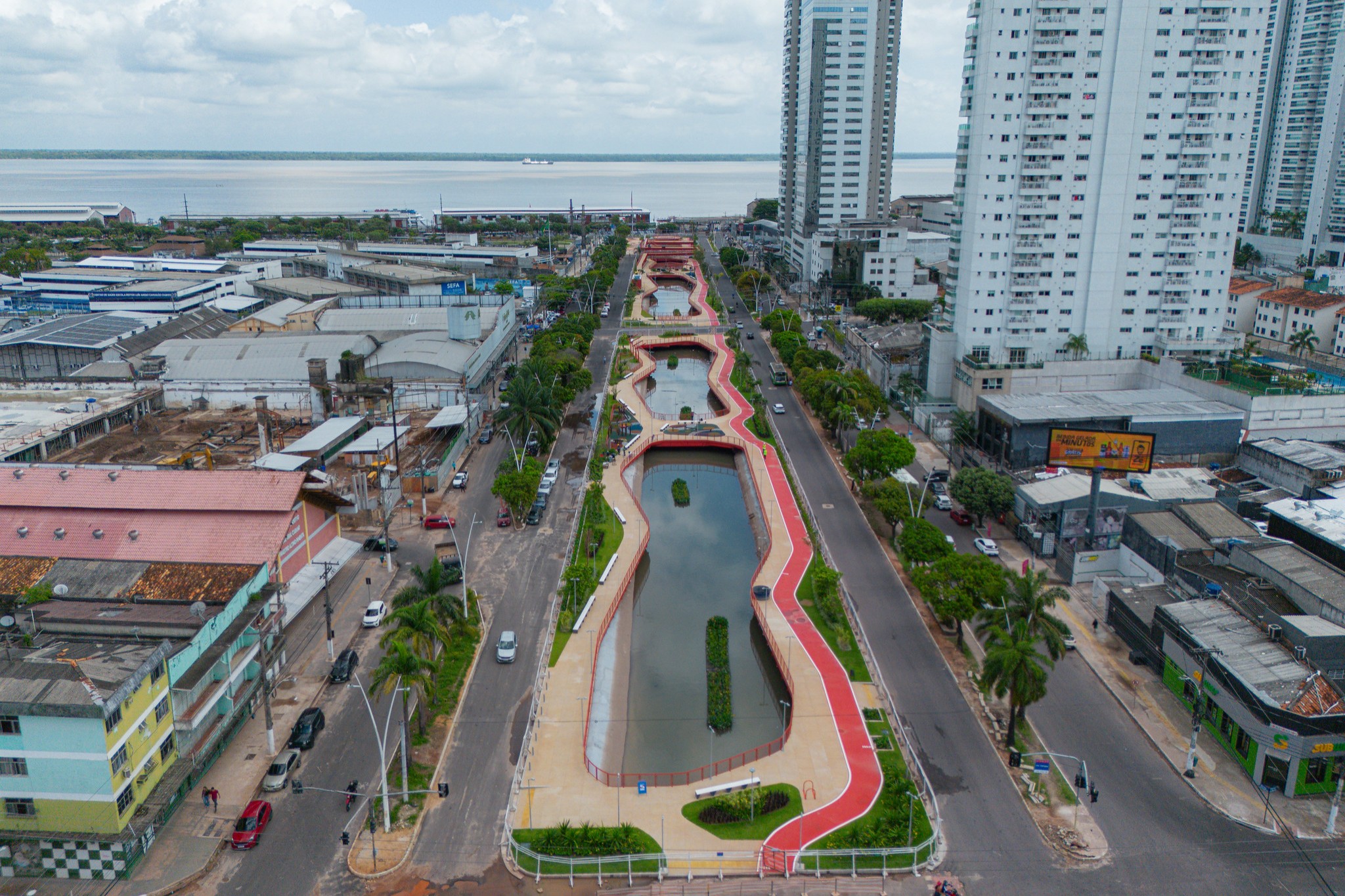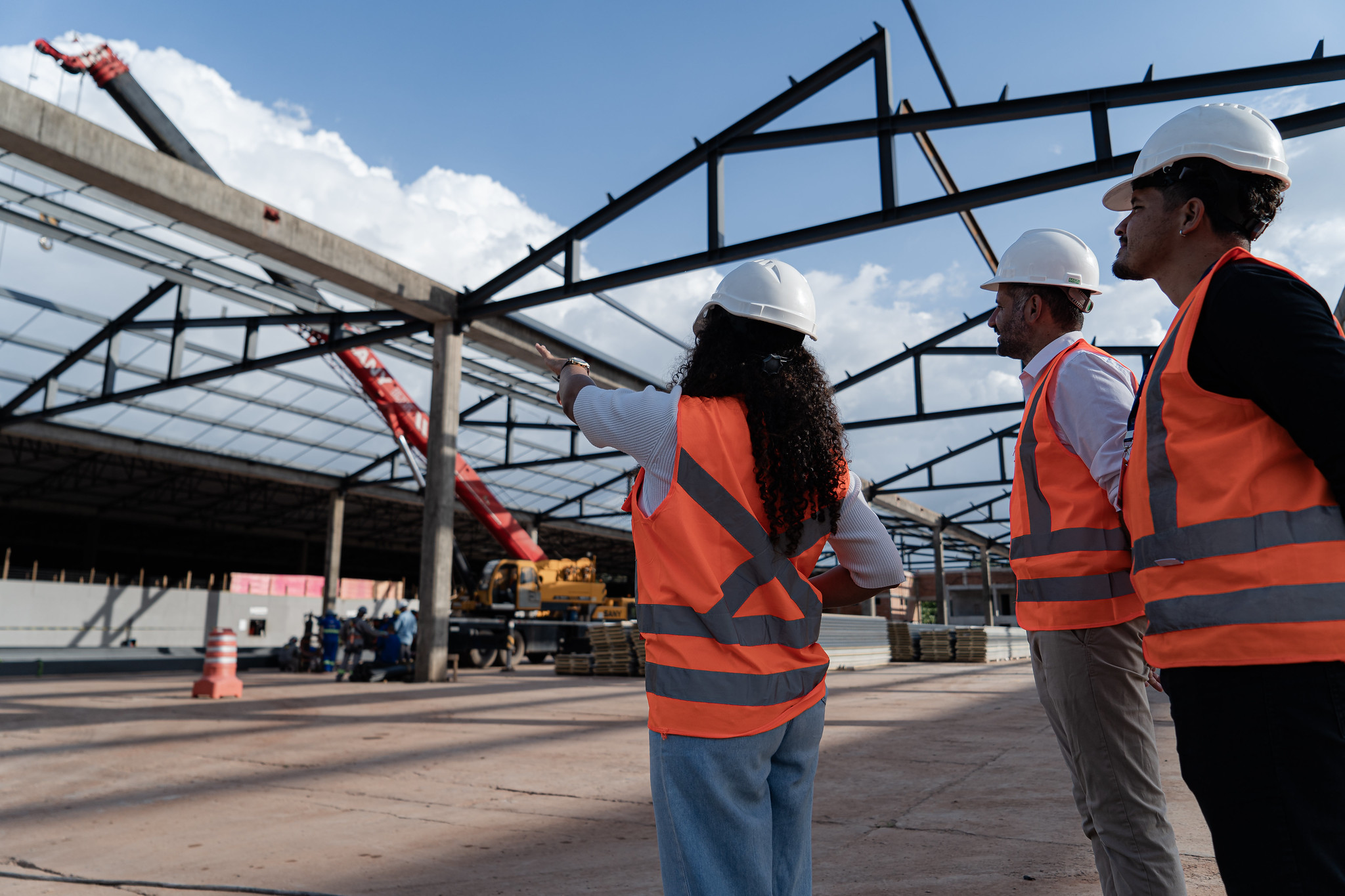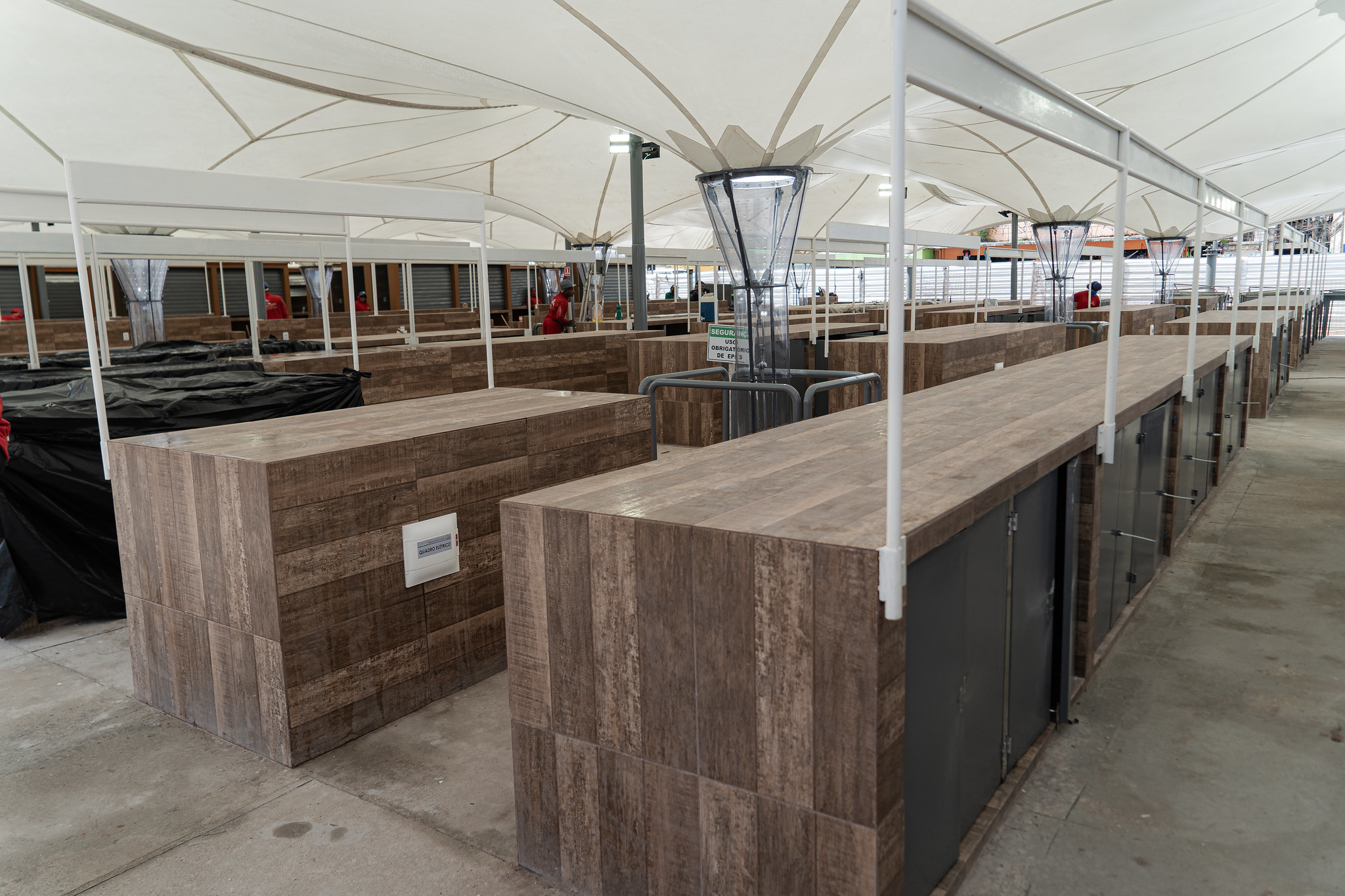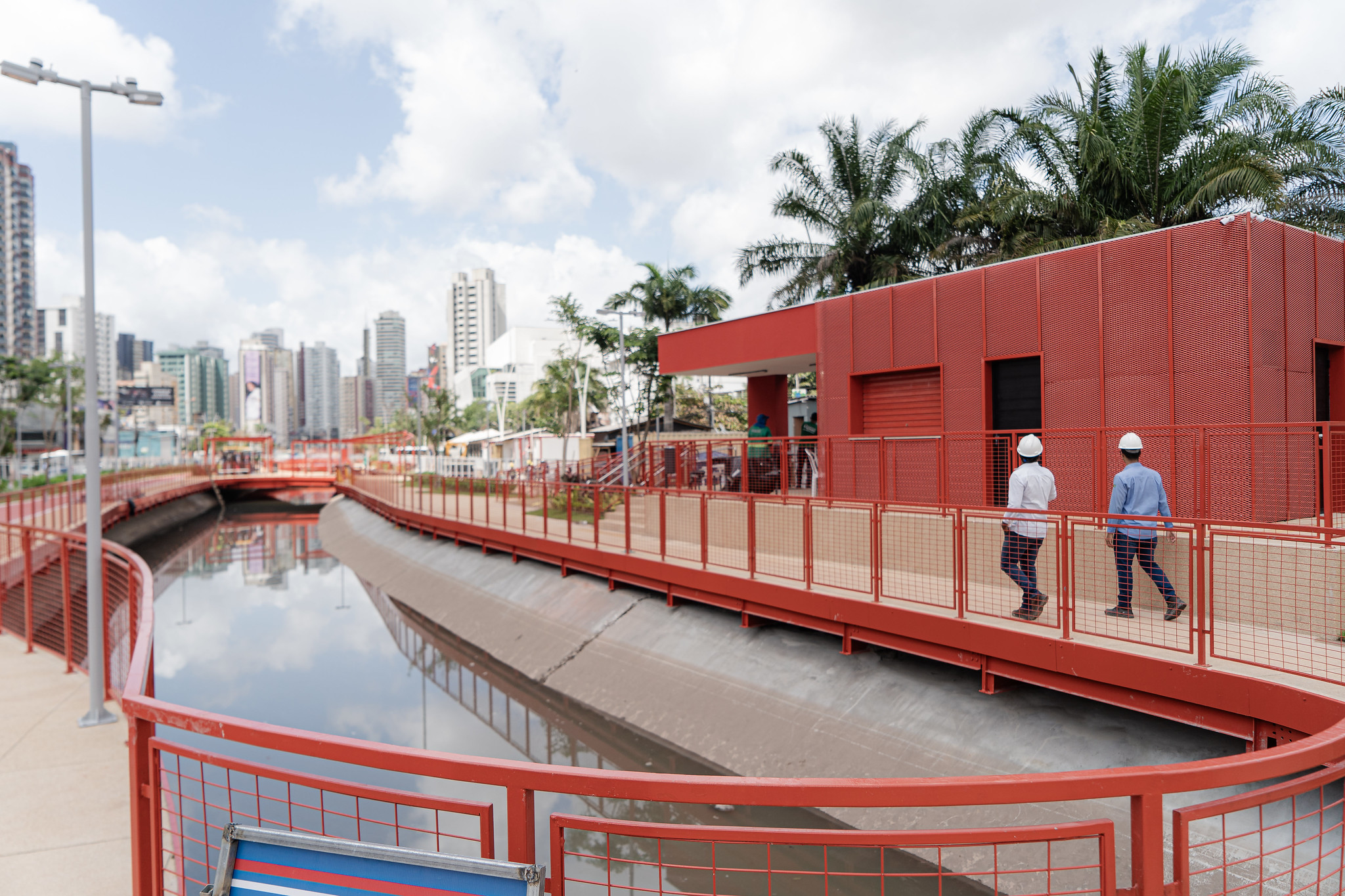With Most Projects Over 90% Complete, Belém Prepares to Welcome the World
Airports, transit terminals, canals, and parks under modernization unveil a city ready to host the planet’s largest climate event and leave a historic legacy for its people

By Maiva D’Auria | COP30
Seventy days before COP30, the capital of Pará is undergoing a period of transformation, with investments modernizing the city and preparing its infrastructure to receive delegations from across the globe. The airport, river and port terminals, large-scale drainage systems, parks, bioeconomy initiatives, sanitation networks, and tourist attractions are all being upgraded—improvements that will also remain as a legacy for the people of Belém.
Federal government investments alone exceed R$4 billion, ensuring that Belém will host the largest climate event ever organized by the United Nations, with renewed infrastructure, mobility solutions, refurbished spaces, and a permanent urban legacy. “The infrastructure works are on schedule and approaching the final stretch of preparations for the conference. The city is increasingly ready to welcome visitors and delegations from all over the world,” said Valter Correia, Special Secretary for COP30.

Upon arrival, visitors will notice the transformation: expanded terminals, new boarding areas, a modernized runway, improved accessibility, and a fully renovated food court. These upgrades are reshaping the arrival experience in the capital.
Other gateways are also being modernized. The International River Terminal has completed 76 percent of construction on warehouses 9 and 10. At the Tamandaré Tourist River Terminal, construction teams are building a pier for four vessels and a station capable of accommodating 500 passengers, designed to facilitate access to Marajó and neighboring islands. Meanwhile, the Outeiro Port Terminal is undergoing a major overhaul to host two cruise ships that will serve as floating hotels during COP30. The project includes a new 710-meter pier and reception area, with delivery scheduled for October 14. More than 450 direct jobs have already been created by this single worksite.

Large-Scale Drainage
One of the most eagerly awaited projects for residents is the macro-drainage of the Tucunduba Basin, now 83 percent complete. The project covers 11 canals in the city’s second-largest basin: seven already delivered—fully or in segments—and five still under construction, with completion scheduled for November.
Also in its final phase, at 91 percent completion, is the macro-drainage of the Benguí and Marambaia canals. The works extend across 1.9 kilometers up to the São Joaquim canal, solving chronic flooding issues. Alongside drainage, the interventions include water and sewage networks, seven bridges, three footbridges, a square with a sports court, and road urbanization improvements.
In sanitation, the Sewage System Project for the Ver-o-Peso Market has reached 89 percent completion. In its first stage, it includes 4,100 meters of collection network and 300 household connections, with road surface repairs and preservation of the traditional historic cobblestones.
The Ver-o-Peso complex—the largest open-air market in Latin America and one of Belém’s landmarks—is also undergoing a full renovation, now 90 percent complete. Total investment is estimated at R$66 million, including R$11.2 million for the sewage system.
At the Ver-o-Peso Market, where 194 workers are engaged in modernization, new canvas coverings have been installed, all metal structures sanded and repainted, and the glass of the skylights cleaned or replaced. The floor has been renewed and fitted with modern guardrails, improving safety and comfort for vendors and visitors.
At the Fish Market, part of the Ver-o-Peso complex, modernization is advancing rapidly. Facades are being repainted, tiles replaced, and the roof fully cleaned. The interior floor will soon be renewed, maintaining the original design, while the old counters will be replaced with new stainless steel structures, ensuring greater hygiene, practicality, and durability.

Linear Parks
With 97 percent of works completed and delivery imminent, the Doca Linear Park has already transformed Belém’s urban landscape. Drainage and de-pollution of the Doca canal brought environmental improvements and created a new leisure space featuring landscaping (including the planting of 200 trees), walkways, lookouts, kiosks, a children’s playground, outdoor gym, and bike path.
The Tamandaré Linear Park, 92 percent complete and set for delivery in September, spans 1.4 kilometers of canal with drainage and sewage works, a substation for tidal control, landscaping, kiosks, bike paths, a playground, and an outdoor gym—enhancing community life and quality of life for residents.

Urban Mobility
The redevelopment of hundreds of streets and avenues across Belém—some already completed and delivered—is transforming daily life in the city. Among them, Rua da Marinha stands out, with expansion, paving, extension, and duplication works along 3.5 kilometers, linking six neighborhoods in the capital. The road will be widened from two to six lanes, with two segments connected by a roundabout. Covering an area of 255,000 m², already transferred to the state government, the intervention will significantly improve mobility in the region.
Legacy
With all these projects underway, Belém is preparing not only to host one of the world’s most important climate events but also to offer its residents a more modern and sustainable city. The infrastructure investments represent a legacy that extends well beyond COP30. This marks a new chapter in the history of the capital of Pará.
Note: The percentages of project completion cited in this report reflect updates as of August 27, 2025.
